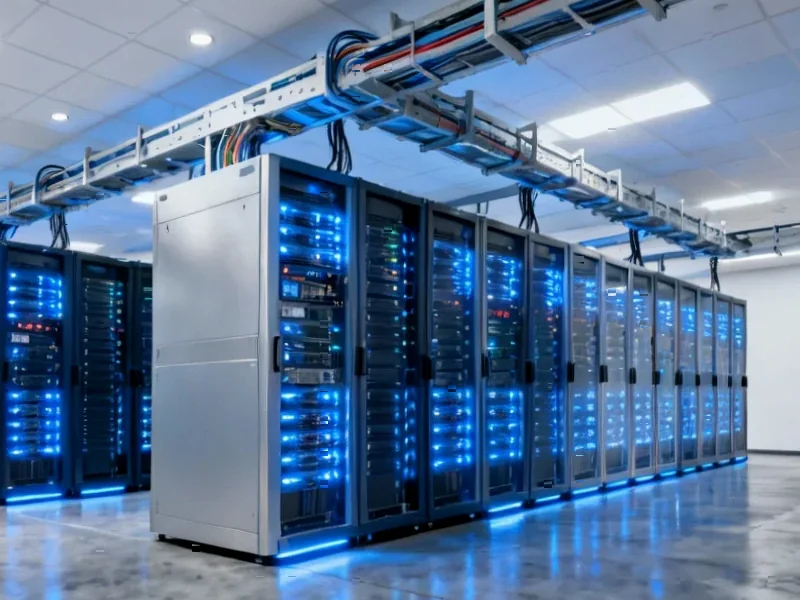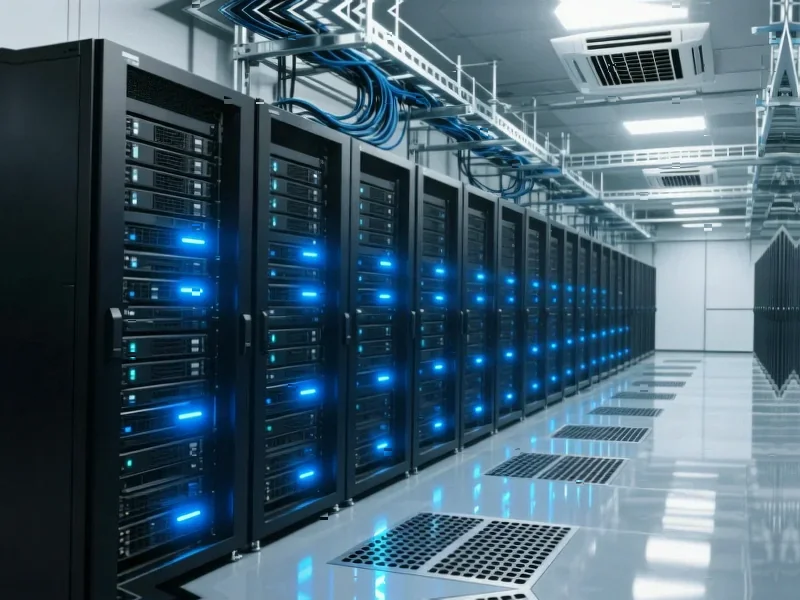According to Business Insider, a leaked Microsoft organizational chart reveals CEO Satya Nadella’s 16 direct reports as the company undergoes its most significant transformation in 50 years toward artificial intelligence. The documents show Nadella has reshuffled executives and their duties over the past year, including promoting Judson Althoff to CEO of commercial business and hiring Carolina Dybeck Happe as chief operations officer in August 2024. Microsoft reported record $34.9 billion in capital expenditures last quarter with plans to increase spending, while security chief Charlie Bell oversees a $20 billion, 10,000-person cybersecurity group. The company also appointed Mustafa Suleyman as CEO of a new Microsoft AI division after his previous role leading Inflection AI, with nine direct reports joining him in the past year.
Nadella’s AI Cabinet
What’s fascinating here isn’t just the names – it’s the structure. Nadella has essentially built a war cabinet for the AI era. You’ve got Brad Smith handling the regulatory diplomacy, Kevin Scott driving the technical strategy (including that OpenAI partnership), and Amy Hood controlling the purse strings for that massive infrastructure buildout. They’re covering all fronts simultaneously.
But here’s the thing that stands out: the commercial side got completely reorganized under Judson Althoff specifically to free up Nadella and engineering leaders to focus on AI. That’s telling. When your CEO needs to create an entire commercial CEO role just to have bandwidth for AI, you know where the company’s priorities lie.
The Security Imperative
Charlie Bell’s massive security organization feels particularly urgent given Microsoft‘s recent struggles. The Department of Homeland Security calling out “a cascade of security failures” that allowed Chinese hackers access to customer emails? That’s the kind of black eye that could derail entire AI ambitions. Making security part of employee performance reviews shows they’re treating this as existential.
And honestly, it makes sense. When you’re building AI systems that could potentially handle sensitive business data, national security information, or personal communications, security can’t be an afterthought. It’s the foundation everything gets built on.
The Talent Grab
Look at where Microsoft is pulling talent from – Mustafa Suleyman from DeepMind and Inflection, Jay Parikh from Meta, Charlie Bell from Amazon Web Services. Five of Suleyman’s nine direct reports came from Google or DeepMind. This isn’t just hiring; it’s strategic poaching of people who’ve built these systems before.
Basically, Microsoft is assembling the Avengers of AI leadership. They’re not just promoting from within – they’re going after proven winners from competitors. When you’re in an arms race, you want people who’ve already built the weapons.
What It Means Going Forward
So what does this tell us about Microsoft’s trajectory? First, they’re treating AI as an all-hands transformation, not just another product cycle. The restructuring, the massive spending, the security focus – this is Microsoft betting the company.
Second, they’re building for the long haul. Suleyman’s superintelligence team, Parikh’s CoreAI unit, Zander’s focus on quantum and space technologies – these aren’t quick wins. They’re planting flags for what comes after today’s generative AI.
The real question is whether this organizational structure can move fast enough. Big tech companies aren’t exactly known for agility, and AI moves at startup speed. But with this team? They’ve got a fighting chance.




